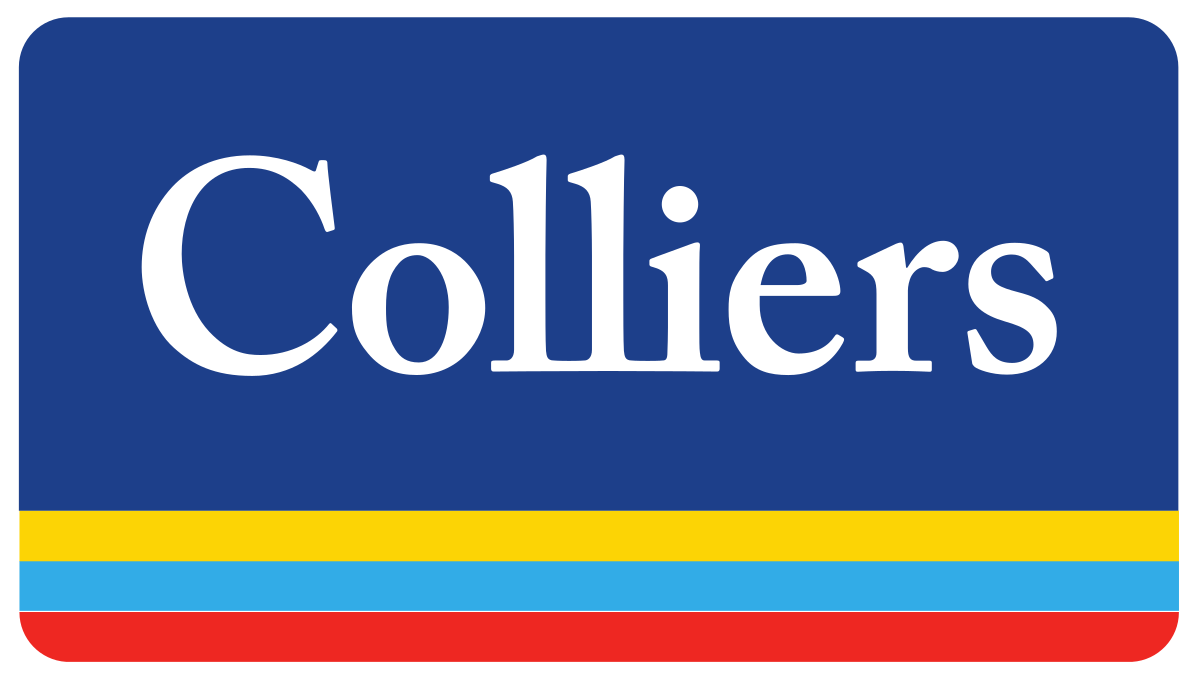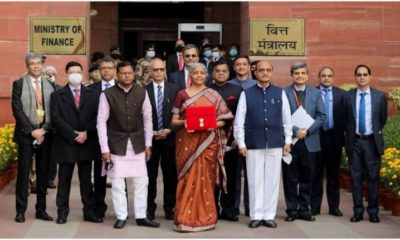Guest Column
Mentorship Builds Leaders… and Businesses


Mentorship Builds Leaders… and Businesses
Ramesh Nair, CEO & Country Head, JLL India
Business mantra – keep your eye on the future, and your roots deep and strong. If the backbone is strong, everything else is too. What’s a business’ backbone? Two words – its people. For a business to rock the charts, all its people must be able to unlock their fullest and truest potential. This is where mentors come in.
Enter the Mentor
In this era of a surfeit of options and increasingly complex situations, everyone needs a laser-like focus to achieve maximum output and overcome hindrances. A mentor can literally be the right person at the right time here.
This does not refer to someone who reviews you on a daily basis or is necessarily your manager. It doesn’t even have to be someone at your workplace. A true mentor is anyone who you can help you overcome your weaknesses, build on your strengths, fight your fears and infuse in you the will to win.
Indian mythology, history and even business are replete with examples of the ideal mentor – from with the legendary Krishna-Arjun mentorship story to the freedom struggle, with Gopal Krishan Gokhale mentoring Mahatma Gandhi, to the corporate world where the Piramal siblings Anand and Nandini (scions of Ajay Piramal) were mentored by Deepak Parekh of HDFC Bank.
What makes mentorship such a hot ticket?
According to the 2016 Deloitte Millennial Survey, employees intending to stay with their organization for more than five years are twice as likely to have a mentor (68%), than not (32%). In a fast-changing world and millennials being at the forefront of change, there is a lot to gain from a reverse mentorship construct.
Take social media, digital analytics, artificial intelligence and machine learning, for example. These are very complex and fast-evolving fields in which the right mentors in a reverse mentorship model can make all the difference in one’s learning curve. Also, if we consider Maslow’s hierarchy of needs, deep down this relationship also helps the mentor in actualizing his or her self-esteem goals.
What about organizations who write the checks?
Organizations have to facilitate and organize to ensure a mentorship program succeeds. Some important elements:
Inviting senior organization people to join the mentorship program
- Emulating the approach of firms like McKinsey, whose performance evaluation system includes a certain proportion of mentorship activity
- Enabling cross-functional movement of people and ideas to harness unfettered capability building
There are many ways in which a well-defined mentoring program can help organizations:
They are known to increase diversity – prominent examples being IBM, Ernst & Young, and Kraft Foods
- They are cost-effective when compared to hiring outside trainers
- Most importantly, they improve employee satisfaction
In a nutshell, mentoring done right can positively change lives and boost careers. Done badly, it can be demoralizing at best and at worst do more harm than good. I would therefore like to end with a final tip here – in a mentorship relationship, be honest with each other. If it doesn’t work, call it a day.
-



 News3 weeks ago
News3 weeks agoKW Delhi 6 Mall Onboards New Brands
-



 News3 weeks ago
News3 weeks agoManasum Senior Living Launches IKIGAI GOA, A Senior Living Community in North Goa, in collaboration with Prescon Homes
-



 News2 weeks ago
News2 weeks agoGodrej Properties Sells Rs 3k cr+ Homes of Godrej Zenith, Gurugram, within 3 days
-



 News3 weeks ago
News3 weeks agoBridging India Divide: Top 5 Tier- 2 Cities to Focus On
-



 News3 weeks ago
News3 weeks agoCommercial Realty Gets Tech Savvy: Fast Construction, Enhanced Convenience
-



 News3 weeks ago
News3 weeks agoMultipoint Connection – A Definite Boon
-



 News2 weeks ago
News2 weeks agoRBI’s Status Quo on Key Policy Rates to Help Maintain the Real Estate Growth Momentum, Say Industry Stalwarts
-



 News3 weeks ago
News3 weeks agoSacred Cities See a Retail Boom as Spiritual Tourism Surge: CBRE Report
























